Microwaves have been a kitchen staple for more than three decades, and many of us have never lived without one. But just because we’ve had this marvel of modern technology in our lives for so long that we take it for granted, that doesn’t mean we know how to use it.
Videos by Suggest
Chances are, you may be doing it all wrong. Not everything in your pantry or fridge should be zapped in the microwave. There are actually foods, beverages, and containers that can burn, melt, release toxins—or even explode—if they are in the microwave for just a few seconds.
Here are seven things that should stay clear of this kitchen tool.
RELATED: You Should Never Microwave Tea–Here’s Why
1. Leftover Potatoes
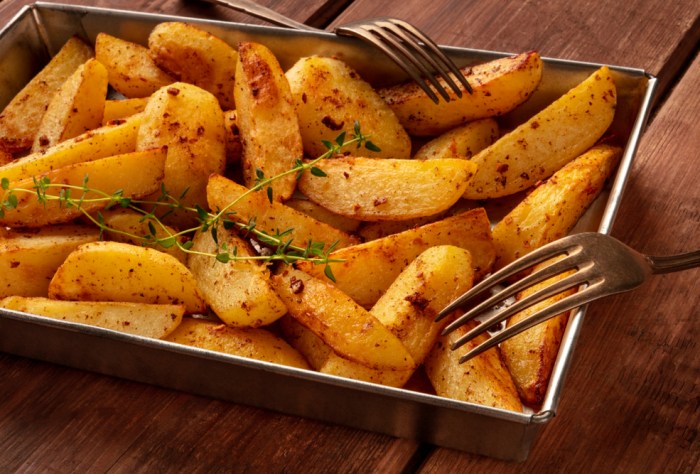
We aren’t saying that you can’t heat up leftover potatoes, but it needs to happen in the oven. And, there are some steps you should take to make sure your leftover potatoes don’t cause an upset stomach.
Potatoes can house Clostridium botulinum, the botulism bacteria. If you cook them and don’t immediately store them in the fridge, this can cause spores of that bacteria to multiply. And microwaving your potatoes won’t kill the bacteria.
So, when you are cooking potatoes, get the uneaten portion to the fridge as fast as you can instead of letting it sit at room temperature. When you are ready to reheat, pop them back in the oven for a few minutes.
As a side note, please don’t bake your potatoes in an aluminum foil jacket. The research shows that this will accelerate spore growth.
2. Red Hot, Orange, and Green Chili Peppers

Red hot, orange, and green chili peppers get their kick from a compound called capsaicin. But when you heat these peppers in a microwave—especially the ultra-hot kind—the capsaicin will vaporize into the microwave’s enclosed air.
When you open the door, you’ll be exposed to those fumes. And that can irritate or burn your eyes, nose, throat, and lungs. When you want to heat chili peppers, it’s best to roast, sauté, or grill.
3. Hard-Boiled Eggs
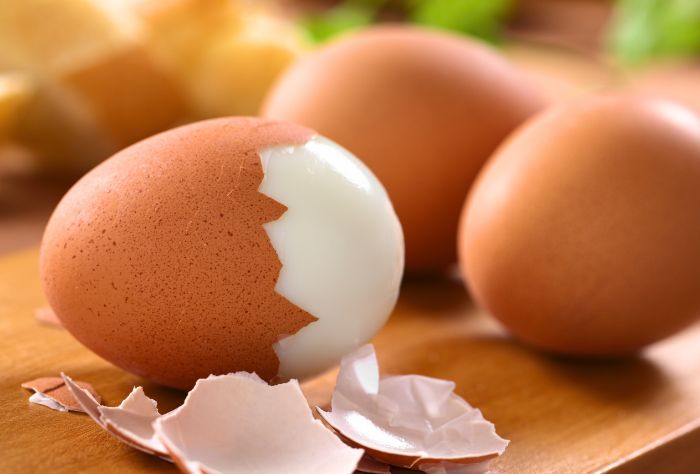
If you zap a hard-boiled egg in the microwave for just 15 seconds, it will explode all over you the moment you cut into it. This is because eggs that are heated in the microwave release steam—no matter if they are in the shell or peeled.
Since that steam can’t escape the egg whites, the pressure builds. So, when you cut the egg or bite into it, a burning explosion ensues.
4. Mug Of Water
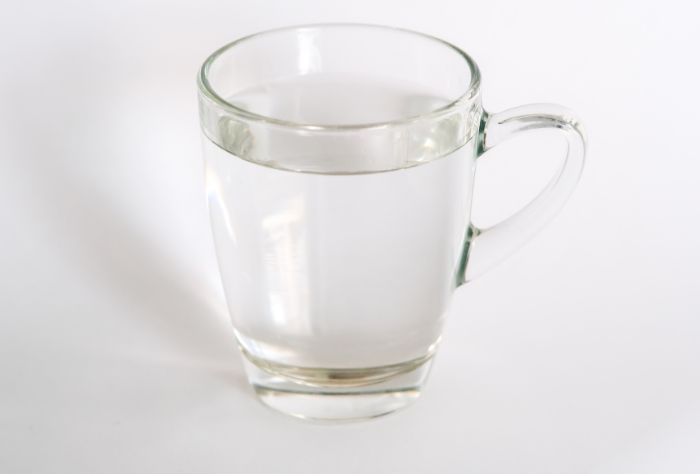
We’ve told you before that you should never heat a mug of water in the microwave when making tea because it’s a really bad idea. Researchers at the University of Electronic Science and Technology of China conducted a study that was all about how heating liquid works in a microwave.
They found that heating liquids in the microwave produced a lot more than cold spots. The research showed that a microwave’s electric field—which acts as the warming source—actually prevents the convection process and causes water to end up at completely different temperatures depending on location. In other words, the top part of the water in the mug is boiling while the bottom is much cooler.
5. Processed Meats
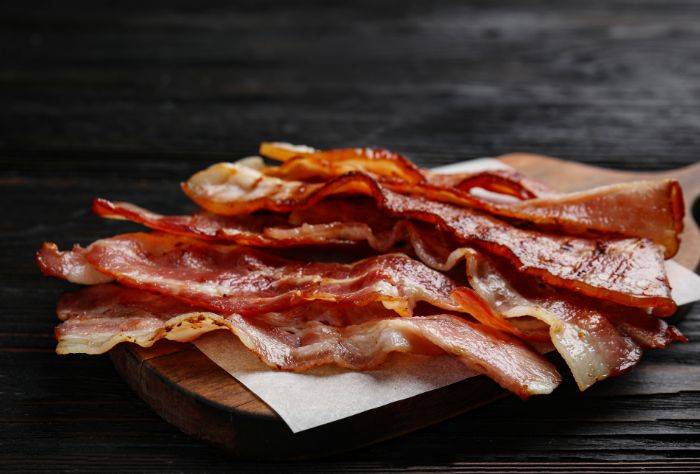
Heating processed meats like bacon, hot dogs, lunch meat, and sausages in the microwave can lead to the formation of cholesterol oxidation products, or COPs, which have been linked to coronary heart disease.
Research suggests that COPs may also be linked to inflammation, plaque buildup in the arteries, and other health conditions. So, if you want to heat processed meat, the best option is baking in the oven or sautéing.
6. Styrofoam
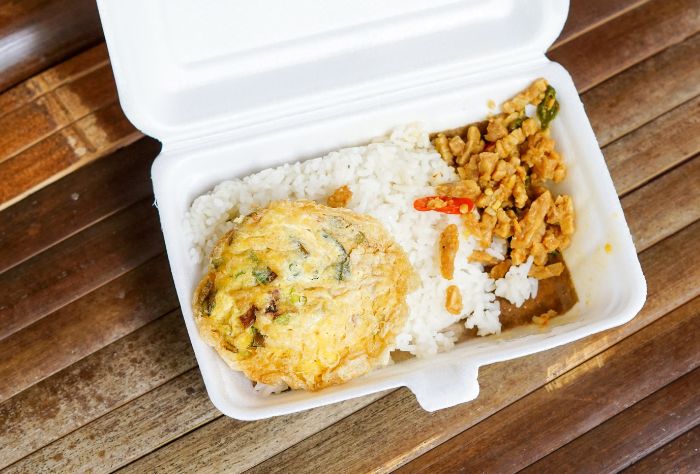
Never put styrofoam containers in the microwave because they can release harmful chemicals into your food. Styrofoam also can melt in the heat causing a big baked-on mess.
7. Anything With Metal
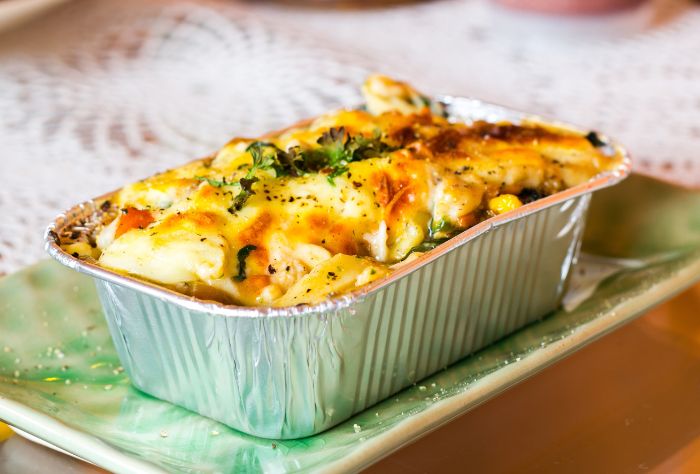
Aluminum foil and take-out containers with metal handles are also a no-no—and anything else with metal—because they can spark and start a fire.
